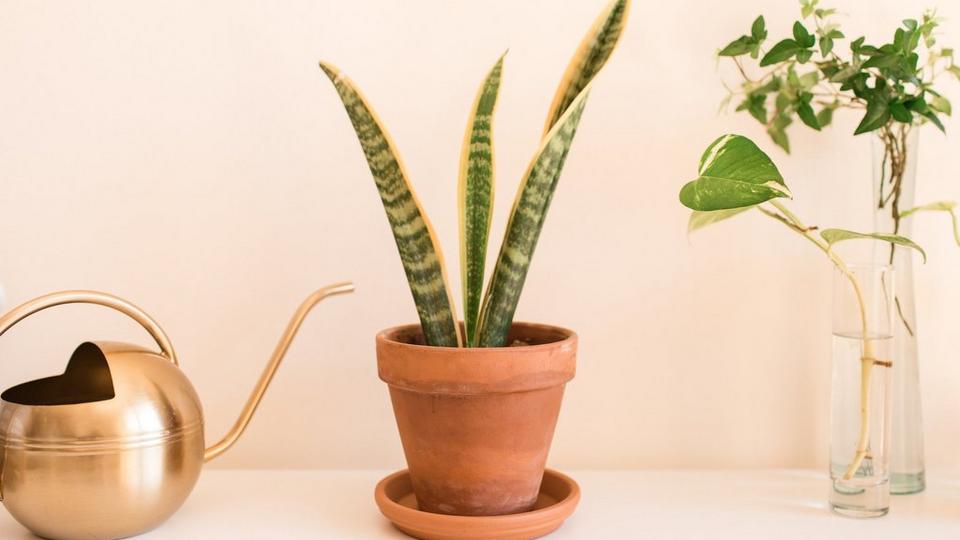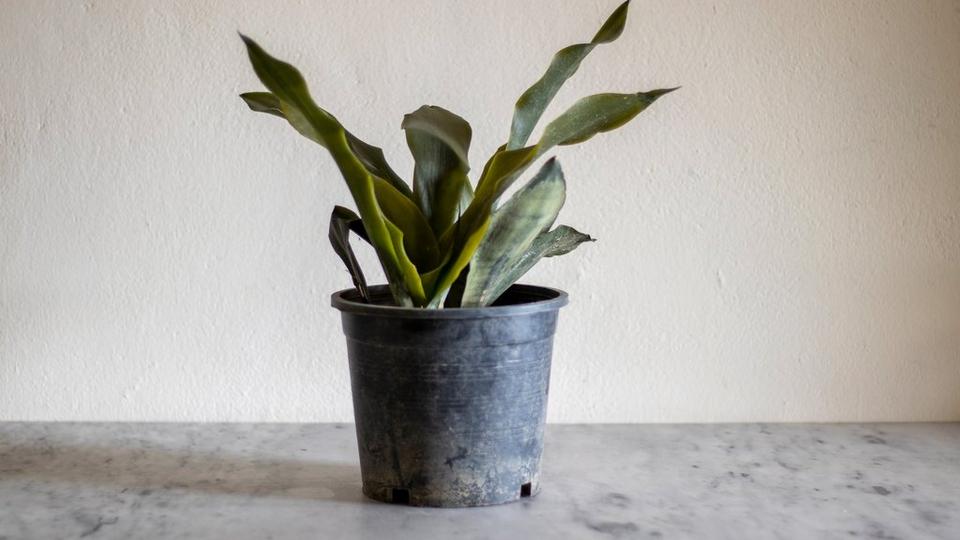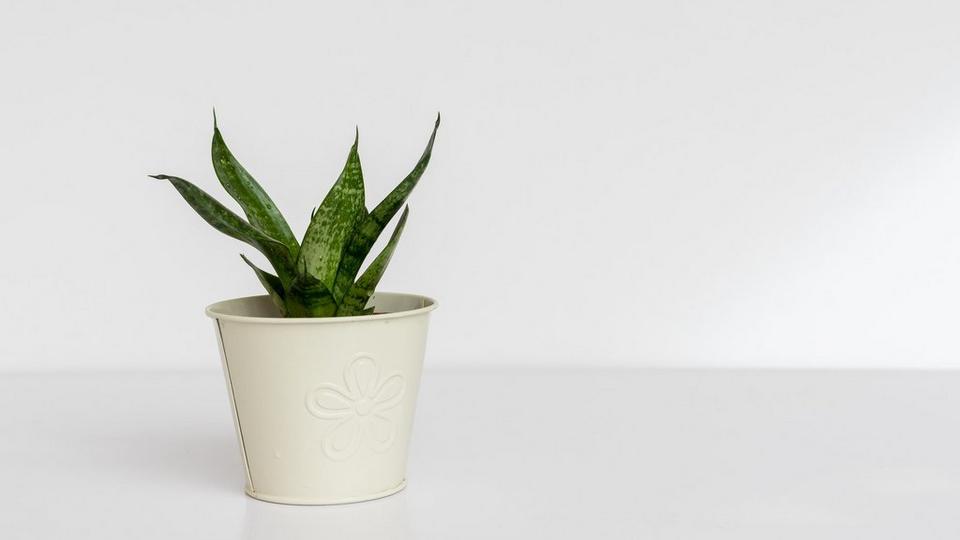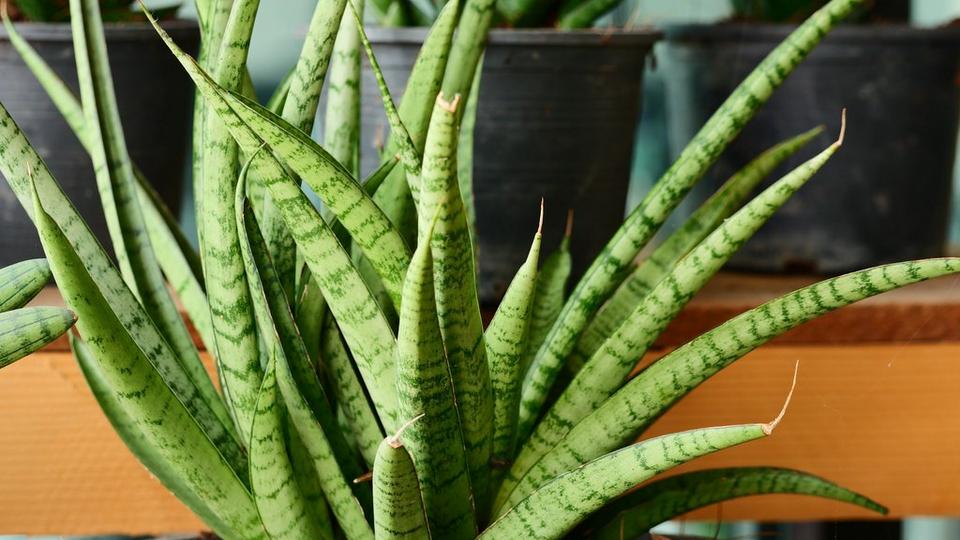One of the great things about this plant is that it’s good for you. House plants go above and beyond by absorbing the carbon dioxide we breathe out and then producing oxygen. This improved air quality provides us with multiple benefits including enhanced concentration, productivity and helping us to breathe easier.
When it comes to improving air quality, snake plants are among the best. A study by NASA showed that if you were locked in a sealed room, you could place six of these plants with you and they would produce enough oxygen for you to survive. Pretty impressive!
Taking it another step further, the snake plant is one of only a few house plants that keeps producing oxygen throughout the night (most of them release carbon dioxide during this time). Keep one of these plants by your bed and it’s going to help you to sleep a whole lot better!
Added to that, snake plants are good at cleaning everything up for us; an important fact when you consider that nearly half of UK homes have high indoor air pollution. Studies have shown that their leaves can filter out common household toxins, such as benzene (found in items such as paint, polish and adhesives) and formaldehyde (found in clothing, carpets, furniture and cleaning agents). They can also clean up trichloroethylene, xylene and toluene, although these are not found in such high quantities in houses.
Need we say more about why you should add a snake plant to your home?





